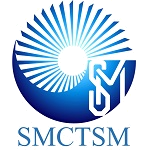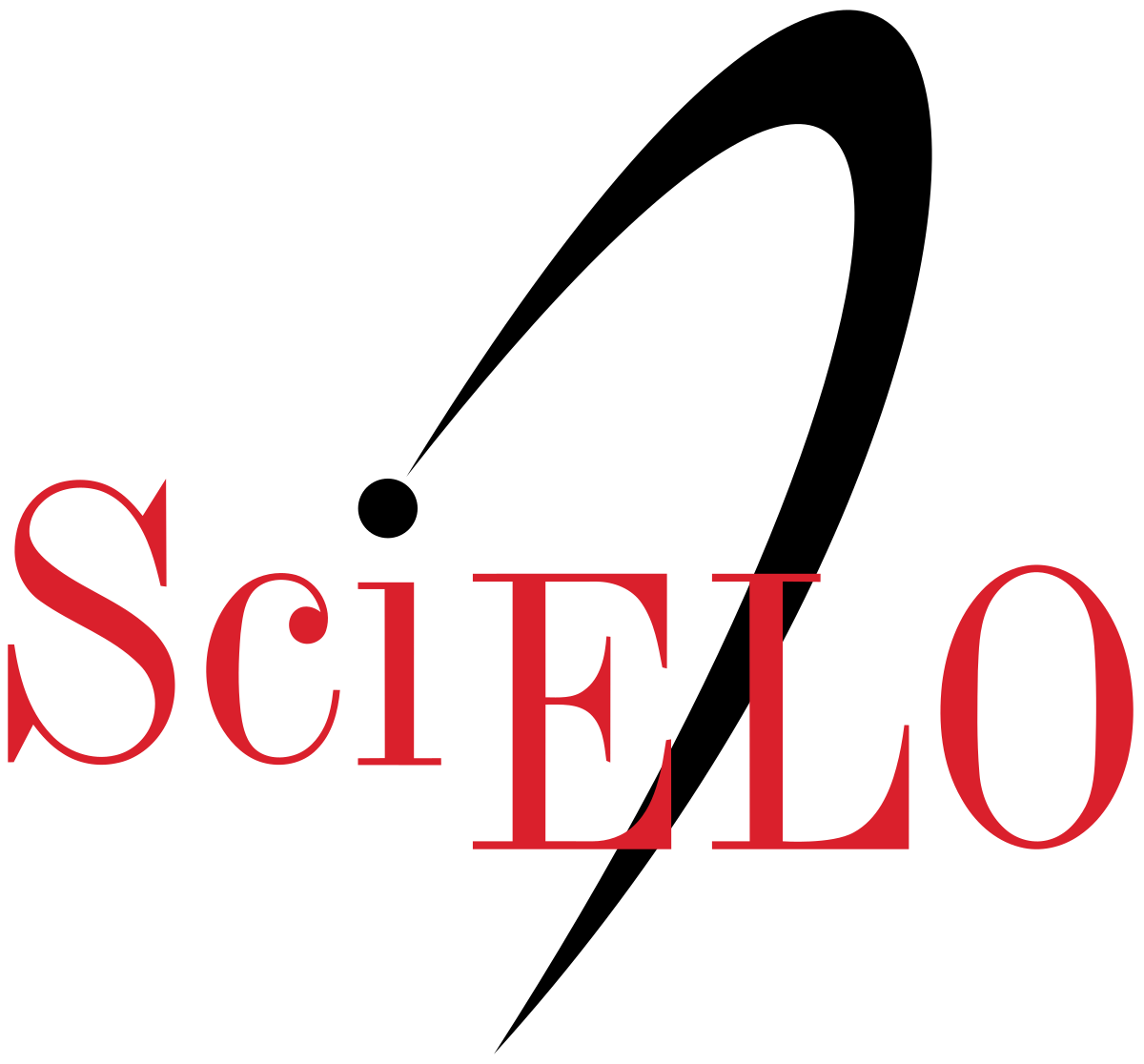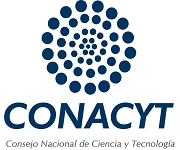Improved method to reduce interfacial defects in bonding polydimethylsiloxane layers of microfluidic devices for lab–on–chip applications
DOI:
https://doi.org/10.47566/2017_syv30_1-020025Keywords:
bonding, polydimethylsiloxane, membranes, plasma, soft lithographyAbstract
This work describes a method to achieve a nearly seamless bonding between two polydimethylsiloxane (PDMS) surfaces. This material is widely used to realize microfluidic systems, and obtaining a strong union is an important step in the fabrication process. From the proposed bonding method, a minimal interface is accomplished, useful for hermetic seals in microfluidic systems. The presented method relies in the surface activation by oxygen plasma and the interaction of said treated surface with uncured PDMS. A comparison of bonding methods is presented in this paper in order to assess the performance of the bonding process and verify the interface formed between the bonded surfaces. The intended application of the presented method is the fabrication of pressure sensors, micropumps, microchannels, microfluidic pumps, valves, mixers and other structures that demand a complete seal over the bonded surfaces.References
. S.K. Sia, G.M. Whitesides, Electrophoresis. 24, 3563 (2003).
http://dx.doi.org/10.1002/elps.200305584
. K.-H. Yea, S. Lee, J. Choo, C.-H. Oh, S. Lee, Chem Comm. 14, 1509 (2006).
http://dx.doi.org/10.1039/B516253J
. A. Mata, A. Fleischman, S. Roy, Biomed. Microdevices. 7, 281 (2005).
http://dx.doi.org/10.1007/s10544-005-6070-2
. J. Ni, B. Li, J. Yang, Microelectron Eng. 99, 28 (2012).
http://dx.doi.org/10.1016/j.mee.2012.04.002
. C. Probst, A. Grünberger, W. Wiechert, D. Kohlheyer, Micromachines 4, 357 (2013).
http://dx.doi.org/10.3390/mi4040357
. L. Xu, S. R. Gutbrod, A. P. Bonifas, Y. Su, M. S. Sulkin, N. Lu, H. J. Chung, K. I. Jang, Z. Liu, M. Ying, C. Lu, R. C. Webb, J. S. Kim, J. I. Laughner, H. Cheng, Y. Liu, A. Ameen, J. W. Jeong, G. T. Kim, Y. Huang, I. R. Efimov, J. A. Rogers, Nat. Commun. 5, 3329 (2014).
http://dx.doi.org/10.1038/ncomms4329
. A. Banaeiyan, D. Ahmadpour, C. Adiels, M. Goksör, Micromachines 4, 414 (2013).
http://dx.doi.org/10.3390/mi4040414
. J. Friend, L. Yeo, Biomicrofluidics. 4, 026502 (2010).
http://dx.doi.org/10.1063/1.3259624
. M. Wiklund, A. Christakou, M. Ohlin, I. Iranmanesh, T. Frisk, B. Vanherberghen, B. Önfelt, Micromachines 5, 27 (2014).
http://dx.doi.org/10.3390/mi5010027
. T. Jianhua, A. S. Craig, S. Yu, J. Micromech. Microeng. 18, 037004 (2008).
https://dx.doi.org/10.1088/0960-1317/18/3/037004
. L.-J. Yang, T.-Y. Lin, Microelectron Eng. 88, 1894 (2011).
http://dx.doi.org/10.1016/j.mee.2011.02.067
. B. Balakrisnan, S. Patil, E. Smela, J. Micromech. Microeng. 19, 047002 (2009).
https://dx.doi.org/10.1088/0960-1317/19/4/047002
. D. C. Duffy, J. C. McDonald, O. J. Schueller, G. M. Whitesides, Analytical chemistry. 70, 4974 (1998).
http://dx.doi.org/10.1021/ac980656z
. M. A. Eddings, M. A. Johnson, B. K. Gale, J. Micromech. Microeng. 18, 067001 (2008).
https://dx.doi.org/10.1088/0960-1317/18/6/067001
. B. Samel, M. K. Chowdhury, G. Stemme, J. Micromech. Microeng. 17(8), 1710 (2007).
https://dx.doi.org/10.1088/0960-1317/17/8/038
. S. Satyanarayana, R. N. Karnik, A. Majumdar, J. Microelectromech. S. 14, 392 (2005).
http://dx.doi.org/10.1109/JMEMS.2004.839334
. D. Huh, G. A. Hamilton, D. E. Ingber, Trends Cell Biol. 21, 745 (2011).
http://dx.doi.org/10.1016/j.tcb.2011.09.005
. L. Xinchuan, Z. Yihao, M. W. Nomani, W. Xuejun, H. Tain-Yen, K. Goutam, J. Micromech. Microeng. 23, 025022 (2013).
Published
Issue
Section
License
Copyright (c) 2017 The authors. Licensee SMCTSM.

This work is licensed under a Creative Commons Attribution 4.0 International License.
©2025 by the authors; licensee SMCTSM, Mexico. This article is an open access article distributed under the terms and conditions of the Creative Commons Attribution license (http://creativecommons.org/licenses/by/4.0/).





